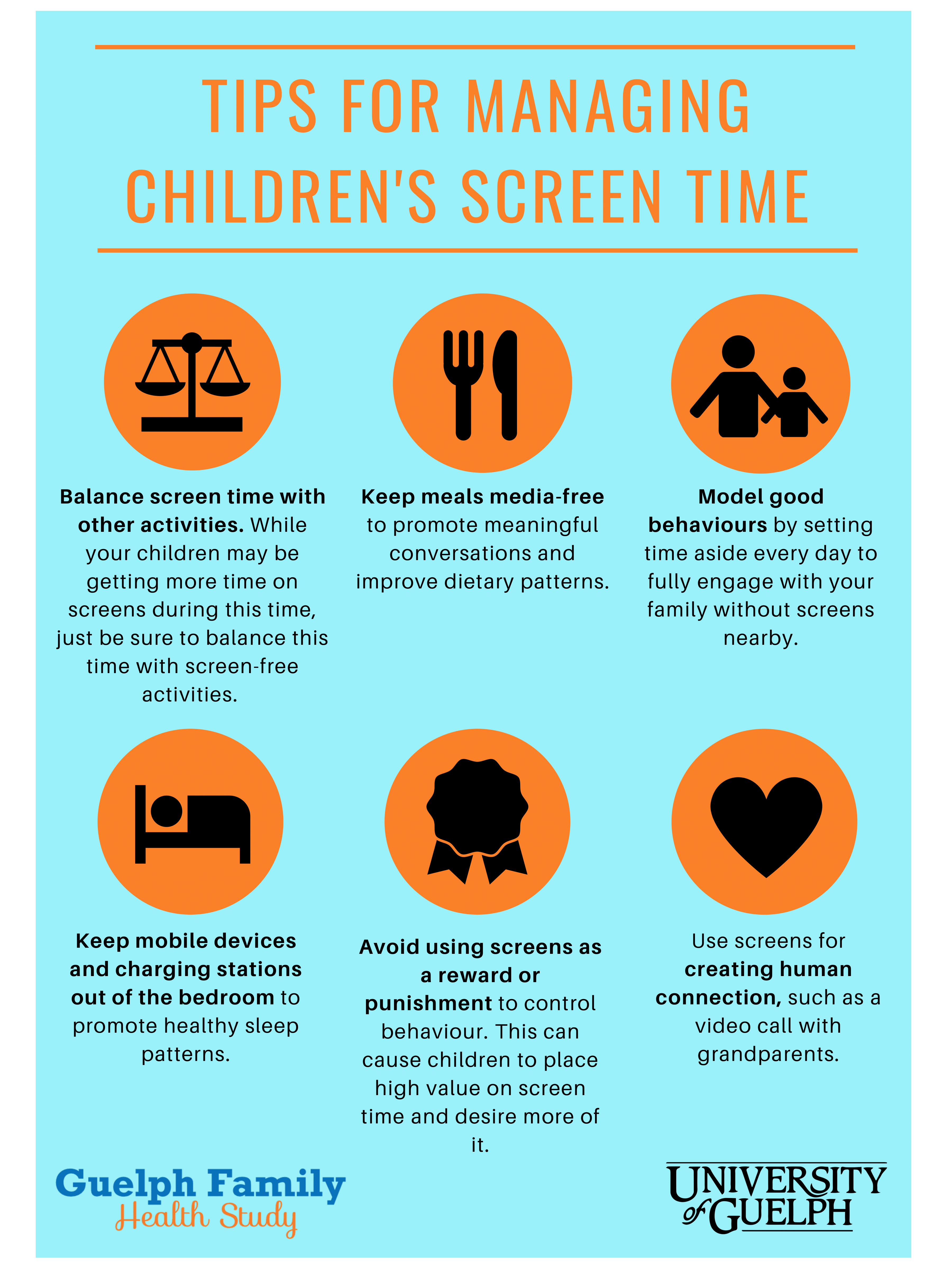As parents, we are constantly juggling multiple responsibilities, from work and household chores to making sure our children are healthy and happy. In this digital age, one additional responsibility has been added to the mix – managing our children’s screen time. With smartphones, tablets, and video games at their fingertips, it can be challenging to strike a balance between allowing our children to benefit from technology and ensuring they don’t become consumed by it. But fear not, fellow parents! In this blog post, we will explore some practical tips to help you navigate the world of screen time management effectively.

First and foremost, it’s important to recognize the potential benefits of technology. In today’s interconnected world, digital devices provide educational opportunities that were unheard of in the past. From interactive learning apps to online educational platforms, technology can facilitate learning experiences that engage children on a whole new level. Therefore, simply banning screens altogether may not be the most effective approach. Instead, we should focus on setting reasonable limits and establishing healthy habits.
One effective strategy is to create a screen time schedule. Sit down with your child and come up with a plan that allows for a balanced use of screens throughout the day. Define specific time slots for different activities, such as homework, outdoor play, family time, and screen time. By establishing clear boundaries, your child will have a better understanding of when it’s appropriate to use technology.
It’s also essential to lead by example. Children look up to their parents and often model their behavior after them. If you are constantly glued to your phone or TV, chances are your child will follow suit. So, make a conscious effort to limit your own screen time and create device-free zones in your home. This not only sets a positive example but also encourages quality family time and face-to-face communication.
Another useful tip is to encourage alternative activities. Provide your child with a variety of options that can engage their minds and bodies beyond screens. Encourage hobbies like reading, drawing, playing musical instruments, or pursuing outdoor activities. By providing alternative sources of entertainment and stimulation, you can help your child develop a healthy balance between technology and other interests.
Not all screen time is created equal, either. Encourage your child to engage in educational and interactive content rather than mindlessly scrolling through social media or playing endless video games. Many apps and websites offer a range of educational games and activities that can foster learning while still being entertaining. Explore websites such as Khan Academy, National Geographic Kids, or educational YouTube channels for age-appropriate and informative content.
Setting rules and consequences is another effective strategy for managing screen time. Sit down with your child and establish clear guidelines regarding screen time limits and appropriate use. Make sure they understand the consequences of breaking these rules and consistently enforce them. Having open conversations about the potential dangers of excessive screen time, such as cyberbullying or online predators, can also help your child develop a sense of responsibility and make them more mindful of their digital activities.
Regularly monitoring your child’s screen time is crucial as well. Keep an eye on the apps and games they are using, and check in on their online activities. While respecting your child’s privacy is important, it’s equally important to ensure their safety and well-being. Familiarize yourself with parental control features that many devices and apps offer, allowing you to set limits, block inappropriate content, and even track your child’s usage.
A vital aspect of managing screen time is striking a balance between digital and real-world experiences. Encourage your child to engage in activities that promote physical exercise and face-to-face interaction. Join them in outdoor games, take family trips to local parks, or organize playdates with friends. By actively participating in activities that encourage socialization and physical well-being, you can help your child foster a holistic and healthy lifestyle.
Lastly, it’s crucial to communicate openly with your child about the reasons behind your screen time guidelines. Explain the importance of moderation, maintaining a healthy lifestyle, and the potential negative effects of excessive screen time on their physical and mental health. When children understand the reasoning behind the rules, they are more likely to adhere to them and make responsible choices on their own.
In conclusion, managing screen time for our children can seem like an overwhelming responsibility. However, by implementing some practical tips and adopting a balanced approach, we can navigate this digital landscape more effectively. Remember, it’s all about setting limits, modeling healthy habits, providing alternative activities, and fostering open communication. By doing so, we can ensure that our children benefit from technology while still enjoying the wonders of the real world.


